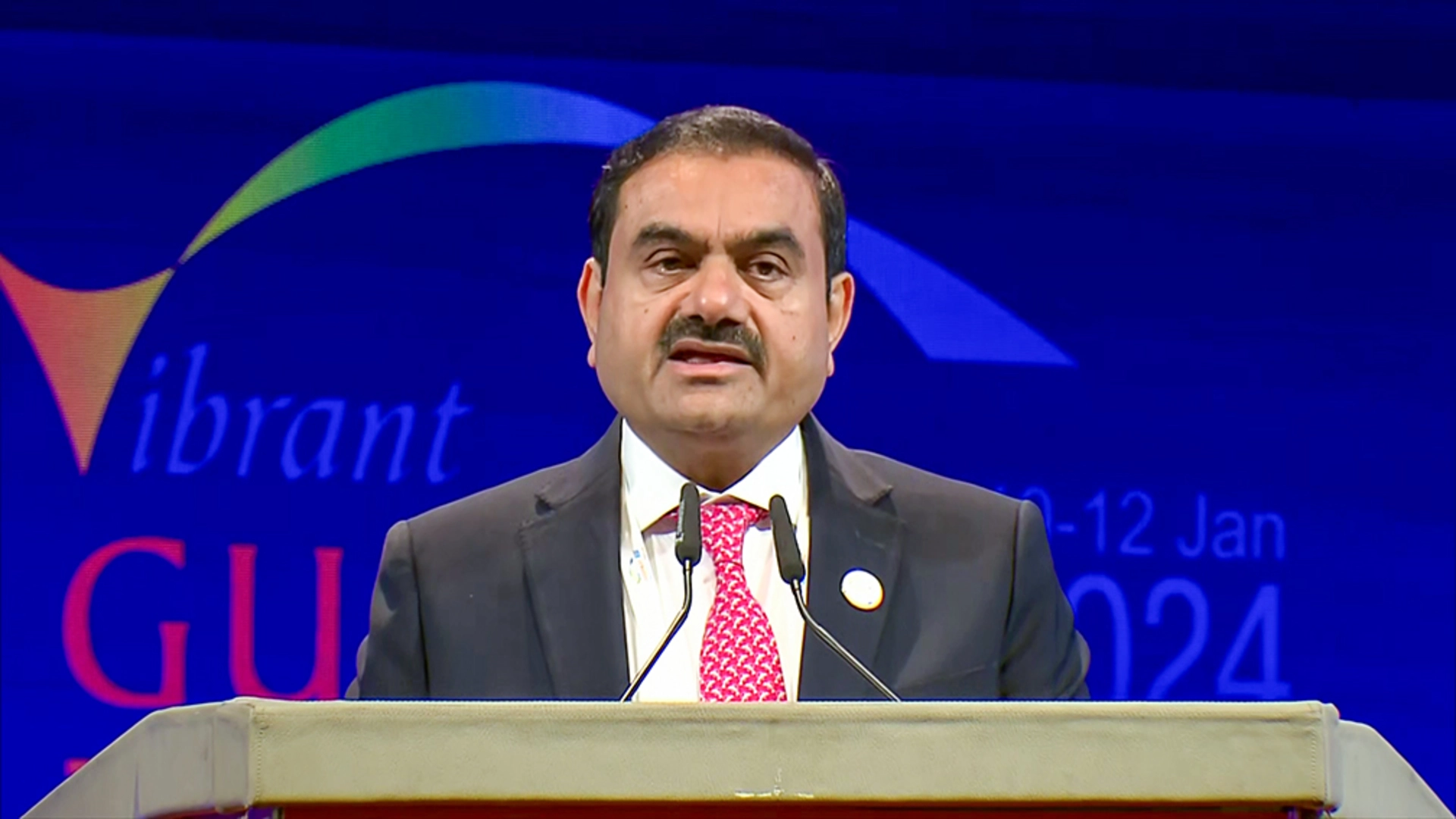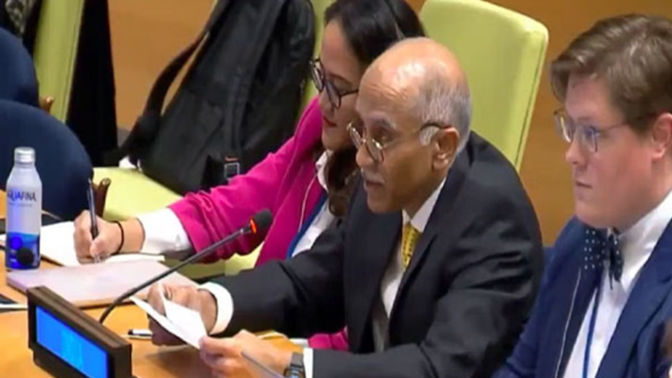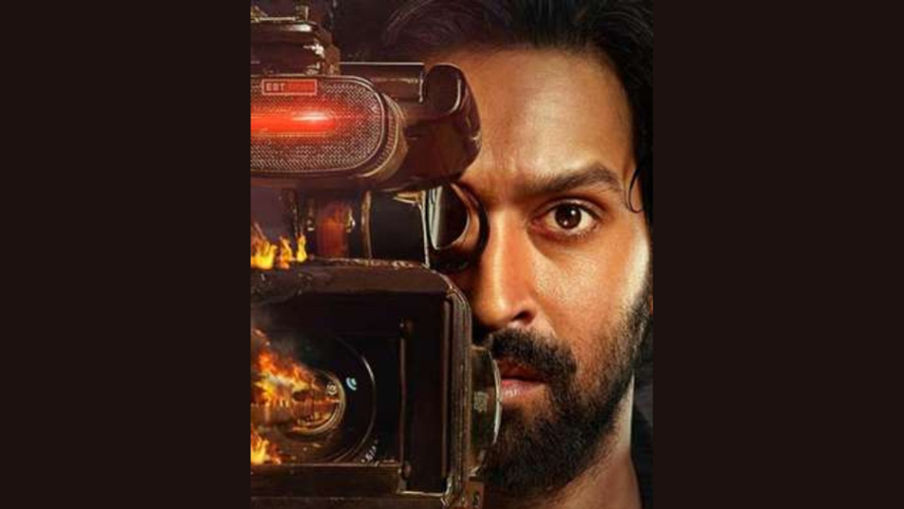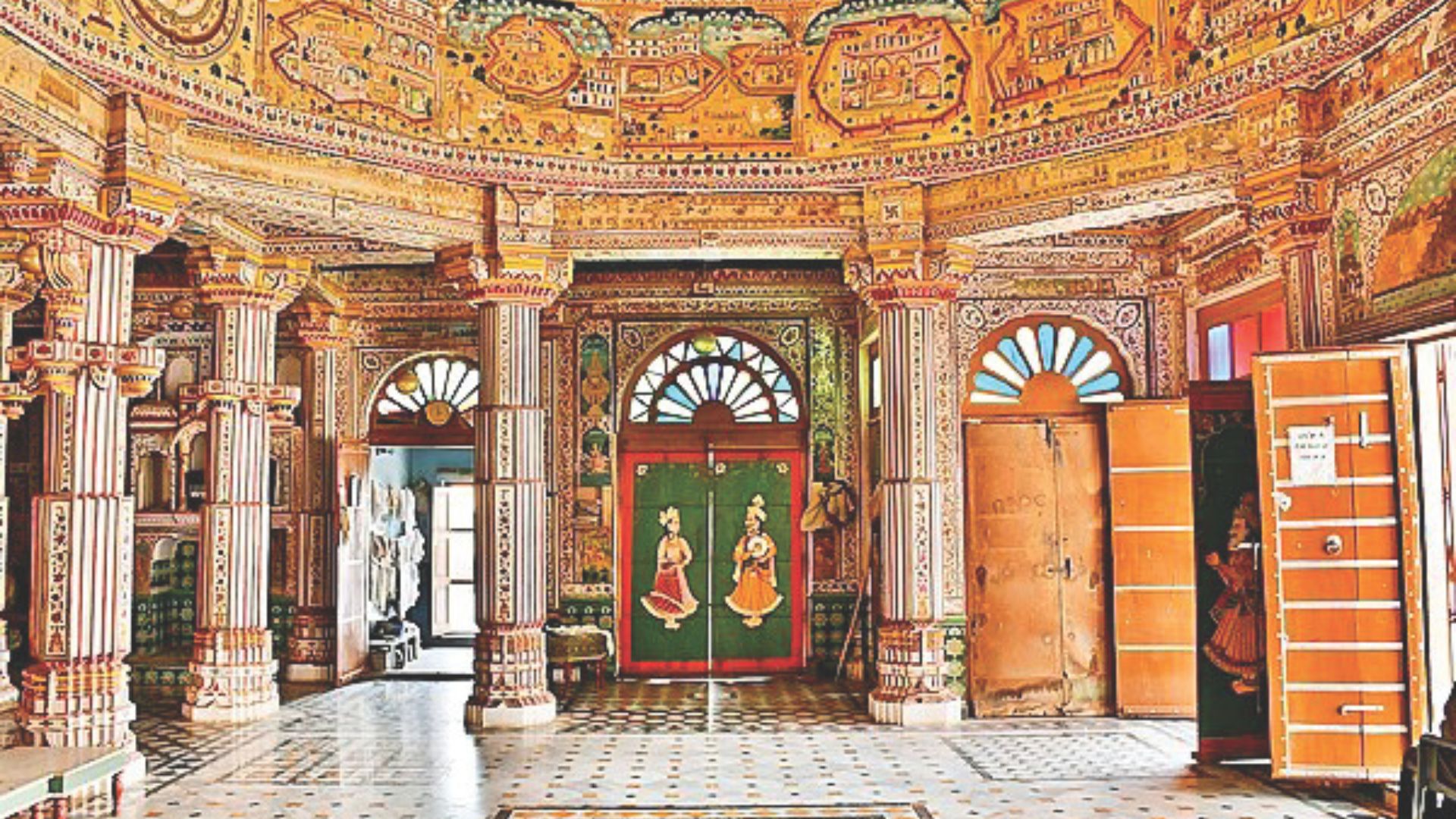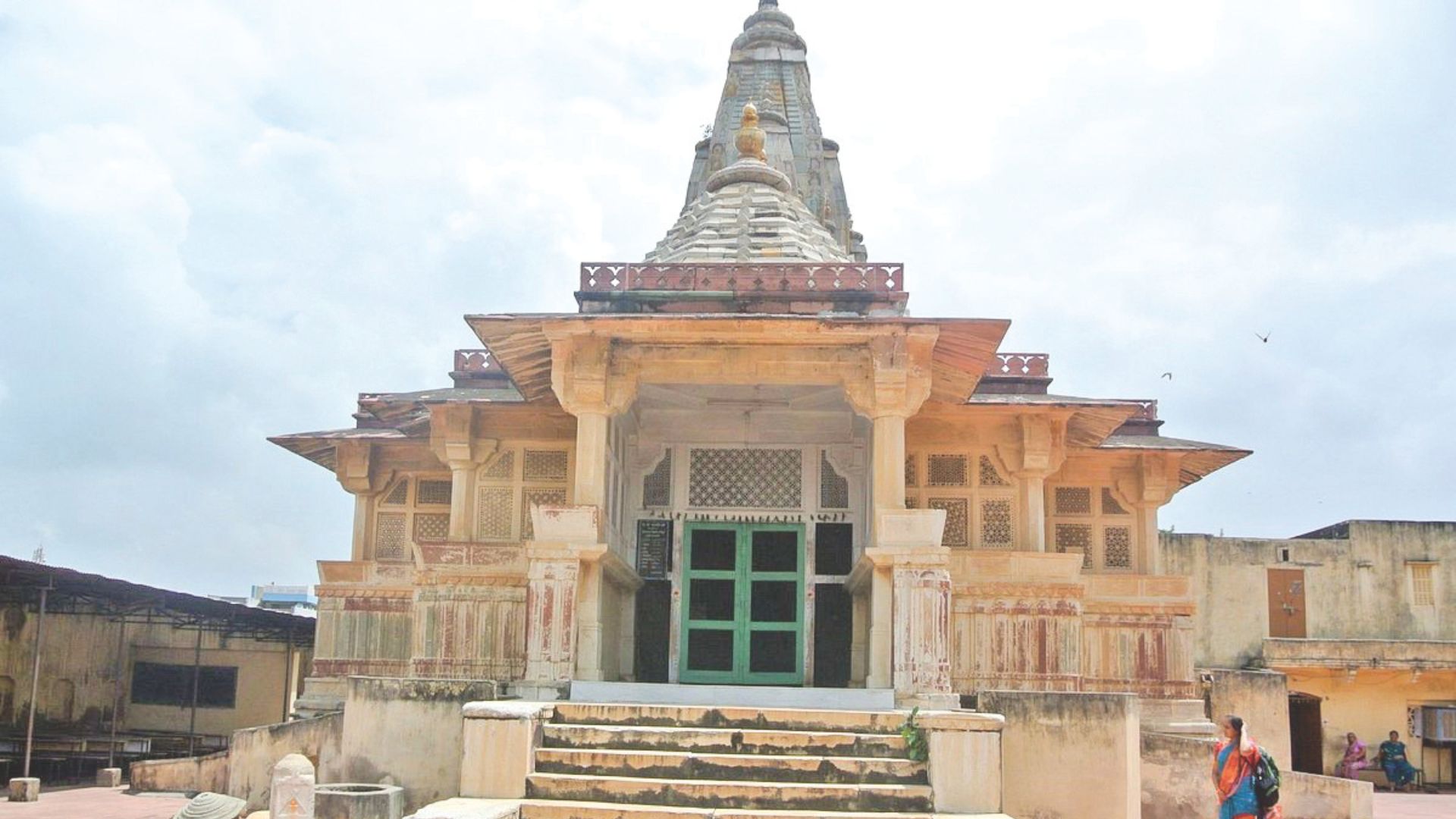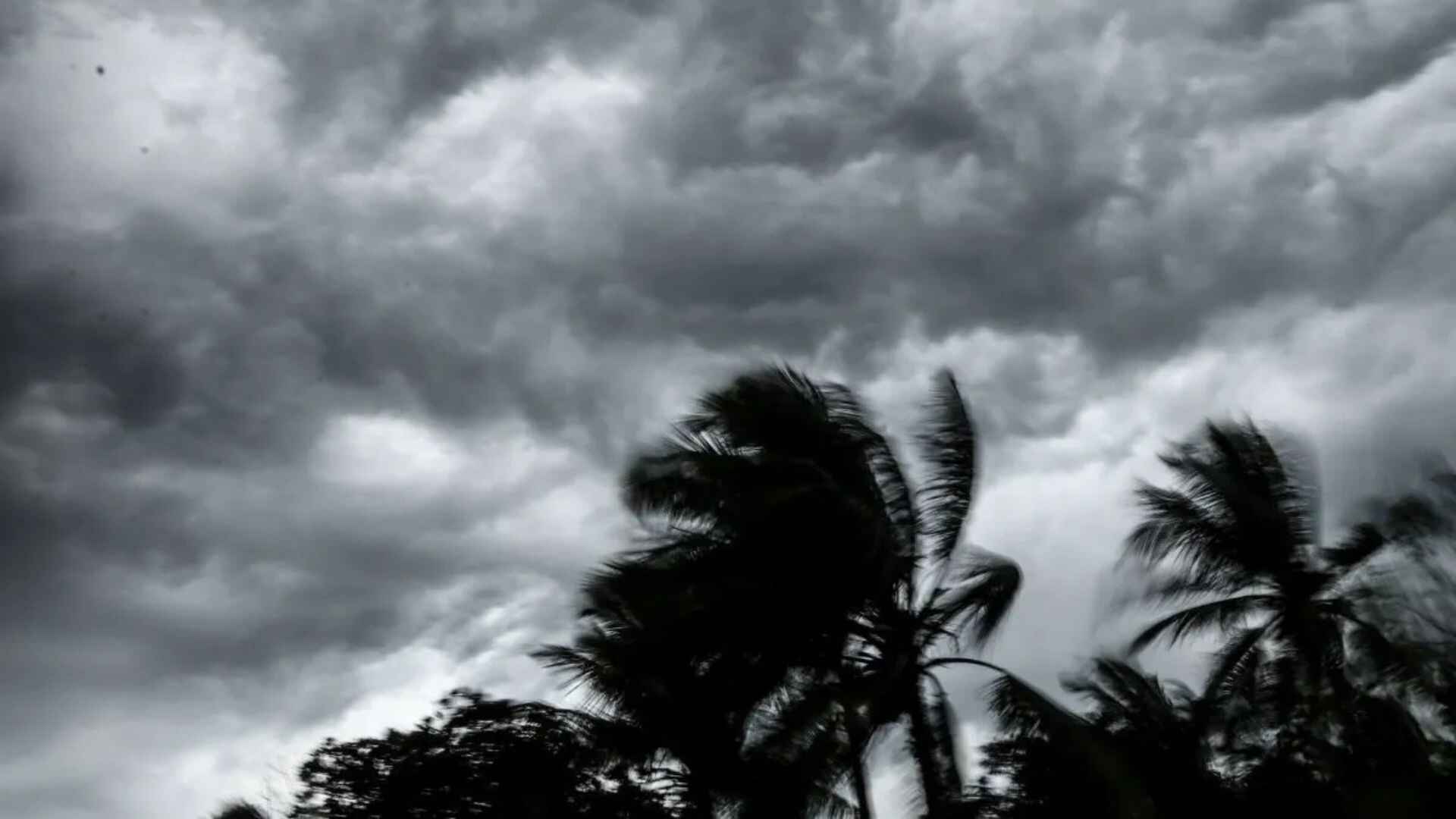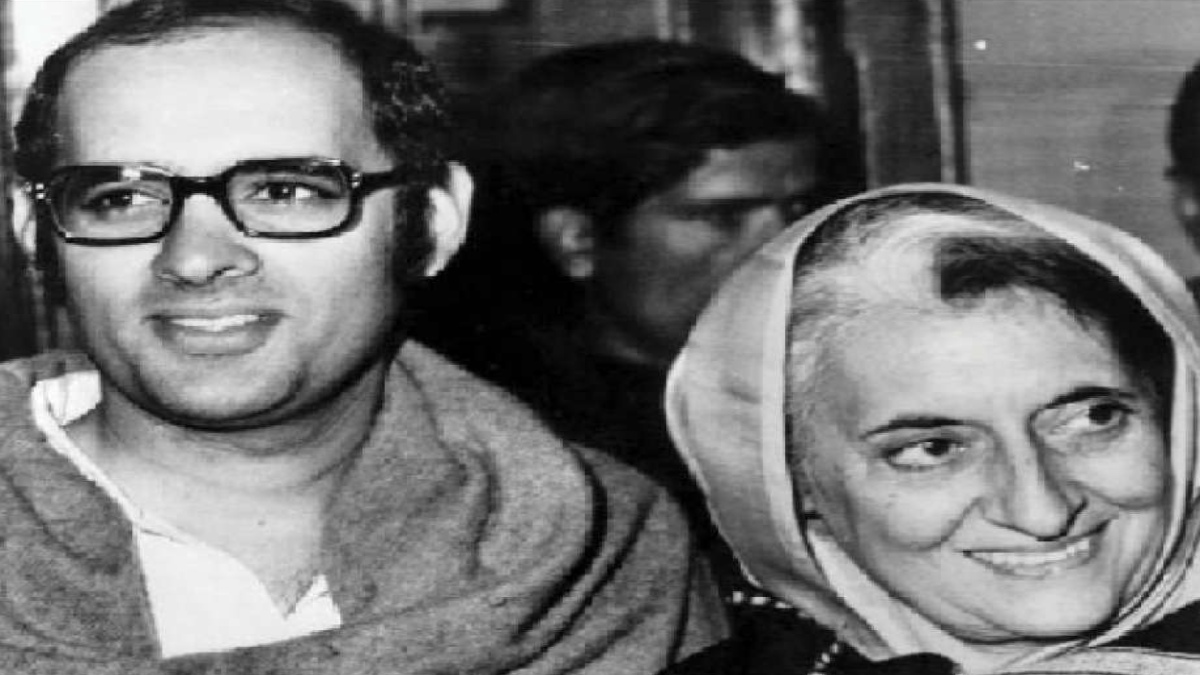
It was exactly 41 years ago, when at 8.40 in the morning of 23 June 1980, my father woke me up and told me that the Police PRO was on the line. I had reached home late the previous night after finishing my day’s assignments at the National Herald daily where I had in January started working. I walked up to the phone placed near the door of my father’s official residence (he was the Medical Superintendent of the LNJP hospital) in my groggy state and with visible irritation in my voice asked why the urgency had come up. A.N. Sharma, the then police spokesman, was on the other end, and in his characteristic casual manner informed me that a glider had crashed near the Willingdon Crescent (Mother Teresa Crescent). When I shot back demanding to know why the furore, he retorted, “Sir, aaisi jankaari mili hai ki usme Sanjay Gandhi bhi tha.” (We have received information that Sanjay Gandhi was in the glider that had come down.) With a parched throat, I enquired from Sharmaji whether Sanjay was safe while instantaneously waking up fully from my slumber. He informed me that the injured had been taken to the Ram Manohar Lohia hospital.
I banged the receiver, went to the bathroom, brushed my teeth and rushed out after washing my face and changing my clothes. I called up the taxi stand located on the other side of the roundabout near our house, adjacent to the office of the DCP, Central. I reached the Lohia hospital wondering what could have happened to Sanjay, for whom I had great admiration during my college and university days, believing that he was a man ahead of his times. As I was entering, I bumped into Anil Sharma, my classmate in our post-graduate programme. He was accompanying senior Congress leader, C.M. Stephens. Seeing me in a hurry, he told me in chaste Punjabi, “Sanjayji da kam ho gaya hai” (Sanjay has passed away). I could not believe it and raced towards the Nursing Home section where he had been rushed post the crash. Atal Bihari Vajpayee was paying his tribute while talking to some reporters and Chandra Shekhar stood a short distance away. I went straight outside the room where Sanjay was said to have been taken. Indira Gandhi was standing outside, and one could see her devastated grief even though she was wearing dark sunglasses. She was constantly biting her lower lip trying to hold back her tears. Maneka stood nearby, totally dazed and unable to come to terms with the tragedy that had struck her at such a young age. (She was only 23 years old.)
It was confirmed that Sanjay was no more amidst us even as reality was refusing to sink in. I moved towards the administrative block of the hospital and as I reached the Medical Superintendent’s room, Yashpal Kapoor, a close aide of Indira Gandhi and the Chairman of National Herald, saw me and asked me to come in. I had known Kapoor for several years and he yelled, “Kaka andar aaja” (Young man, come inside.)
Kapoor went on, “Aaj se 20 saal pehle, main iske baap ki laash ko yahan se leke gaya tha, aaj mujhe isse bhi lejana padega.” (Twenty years ago, I carried his father’s body from here, and now I have to carry his body as well.) Kapoor was referring to the late Feroze Gandhi, who had died in the same hospital. His words sent a chill up my spine. I decided then and there that they could be part of the opening sentence of a report I would do for the next morning’s paper. I came out and ran into Coomi Kapoor, then the Chief Reporter of Indian Express. She asked me what was going on and I shared whatever information I had. I was thinking on my feet. National Herald had opened up after a lockdown and had no resources. I had little money on me as well. The only way of reaching the spot would be to hitch a ride in the Indian Express Matador which was with Coomi. She was kind enough to accommodate me in it and we drove to the Chanakyapuri area and turned right after the Indonesian Embassy towards the Vishwa Yuvak Kendra and the Circular Road leading to a drain on the rear of the Willingdon Crescent Bungalows.
The vehicle was stopped after some distance and we walked towards the drain where the plane carrying Sanjay and his co-pilot, Captain Subhash Saxena had crashed. The supreme irony is that the brand-new Pitts-2 aircraft had come down, very close to the rear entrance of 12, Willingdon Crescent, the official residence allotted to Indira Gandhi during the Janata Party rule. The mangled remains of the plane bore testimony to the violent crash that had taken place. People had gathered there and the police had a tough time cordoning off the area. The Police Commissioner, Pritam Singh Bhindar, who had been hand-picked by Sanjay to head the Delhi Police, superseding several of his seniors in the process, was present there. We were informed that another Sanjay appointee, Lt Governor Jagmohan, was at the spot earlier but had left by then.
Eye witnesses stated that the plane was in the air and the pilot (Sanjay) was trying his hand at advanced aerobatics. It had taken one loop and as another was being attempted, it did not gain the required altitude and smashed near to the nallah. The injured occupants were rushed to the hospital where they were declared dead. Indira Gandhi also reached the pummeled site and appeared to survey the tragic scene while combating her bottomless sorrow. Soon after she left, there were rumours that she was searching for something, probably a bunch of keys or a watch, which perhaps were missing. This turned out to be inaccurate, though the deceased’s detractors used it to spread the canard that the keys and watch were linked to Sanjay’s bank accounts and other dealings.
By then, the place was swarming with newsmen and I decided to go to 1, Safdarjung Road, the Prime Minister’s residence to take in what was happening. In the meantime, I had informed my Chief Reporter, D.K. Issar that I was at the spot and covering the unfolding story. Arrangements to seat people had started, and Durrees were being spread in the lawns outside the house. Spiritual singers, belonging to various faiths, had also started arriving. It was an excessively hot day and the task of covering the event had become even more difficult as I had not consumed even a morsel since morning. My own personal grief was overwhelming as well. A few months earlier, Issar had assigned me the task of covering the birth of Sanjay and Maneka’s son, Feroze Varun, on 13 March at the All India Institute of Medical Sciences. The very thought that the child may grow up without a father, made me immensely sad. And what about Maneka? What would she do now? Many questions crossed my restless mind and I started recollecting whatever memories I had of Sanjay, the foremost being my visit to Amethi in March, 1977 along with my late friend, Deepak Malhotra, and the then Indian Youth Congress president, Ambika Soni. I was with the NSUI that time and we had gone to assist Sanjay in his maiden election from this underdeveloped area adjacent to Rae Bareilly, Indira Gandhi’s constituency. Sanjay was contesting against Ravindra Pratap Singh who had extensive support in the region and RSS cadres were leaving no stone unturned for his victory. It was at Amethi where I had first met Kamal Nath, then a party activist. It was there that I also came to know about Akbar ‘Dumpy’ Ahmed, Sanjay’s great buddy. Both Kamal Nath and Dumpy were in the Doon School with Sanjay and were amongst his closest confidants.
I had first seen Sanjay at the IYC office, then located at 10, Janpath where he had come to address a press conference in support of his Five Point Programme. This was during the Emergency and my friend, Prem Swarup Nayyar who was attached to Ambika Soni and was also president of the New Delhi Youth Congress, had facilitated my entry into a room which I think is now the meeting point of those who go to meet Sonia Gandhi. I had met Sanjay several times later, mostly with Mohammad Shamim of the Times of India, who was extremely close to the Gandhis, and subsequently became my mentor in Political reporting. Shamim Saab had ready access to the Gandhi household, and both Sanjay and Rajiv were most fond of him. Both would address him as “Sir’’ and he was undoubtedly, a person in whom Indira Gandhi reposed immense faith. From the sidelines, had also watched Sanjay outmaneuver seasoned politicians like Raj Narain, the man who had defeated Indira in 1977 and who was primarily responsible for the fall in 1979 of the Morarji Desai government. The meetings would take place at 46, Pusa Road, the residence of Mohan Meakin boss, Kapil Mohan. Sanjay would always be accompanied by Kamal Nath who had emerged as his right-hand man.
By then, Sanjay had become a legend in his own right. While in Opposition, the Janata party attempted to implicate him in several cases. However, he fought back and with the help of his Youth Congress storm troopers led by Nayyar and Lalit Maken, paved the way for the return of the Congress to power in 1980. He possessed an indomitable spirit and astounding energy which he used for out of the box thinking to counter his countless enemies who had been fed on false propaganda concerning the Family Planning programme by jealous politicians and over-zealous bureaucrats wanting to be on the right side of the establishment. Sanjay was certainly ahead of his times, and all his programmes, from the need to have a small family, to ecology preservation to literacy were reflective of his vision and approach to politics. His entrepreneurship was evident when he launched the Maruti project with very little support from the established companies. His understanding of human nature enabled him to choose leaders who till today form the backbone of the Congress. It is Sanjay’s team that has served the party beyond four decades, and it is only leaders from his stable, who can perhaps provide the future leadership to the party where the sagging morale of its workers has put a huge question mark over its future. There have been attempts to rewrite the history of the Congress and if they have not succeeded it is solely because people and genuine supporters of the party have not allowed distortion to take place. Sanjay was clearly the heir apparent to Indira Gandhi and a deserving one at that. Her legacy belonged to him and his family more than to anyone else. Rajiv was his brother, but a reluctant politician on whose shoulder the party’s weight rested following Indira Gandhi’s brutal assassination. He was a gentleman who was let down by his own friends; this, however, was not the case with Sanjay, whose loyalists continue to swear by him. Ironically, Sanjay’s wife and son are today a part of the BJP, a party he would have whole-heartedly opposed, yet sometimes circumstances determine the course of future.
However, in 2009, when Feroze Varun contested his maiden election from Pilibhit/Bareilly, the Congress launched an all-out attack on him. At that time, I had met some of the old Youth Congress activists during a round of western UP. They categorically told me that while they were in the Congress, they would ensure the victory of Feroze Varun, who was the “son of their leader”. “How can he lose from our region?” was their war cry. This was Sanjay’s charisma and till today, many decades after he has been gone, his supporters continue to believe that only a leader like him could have led the country in the hour of crisis. His many facets emerged as time has passed and more details regarding him slowly started trickling into the public domain. Sanjay was truly a leader, a man with great conviction and a person who was never shy of initiating action. He was vilified yet he had the strength to overcome and hold his own ground. This is how he was made.
